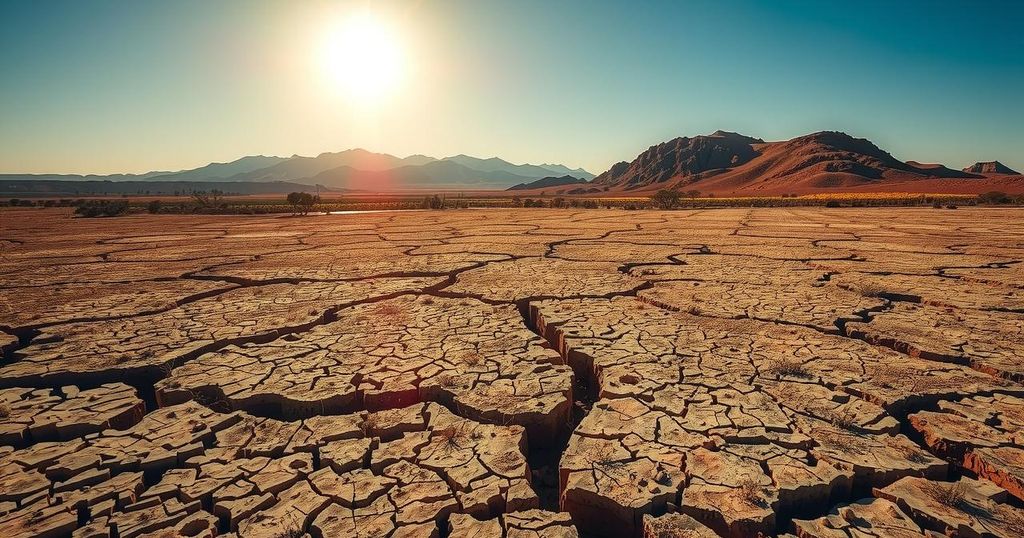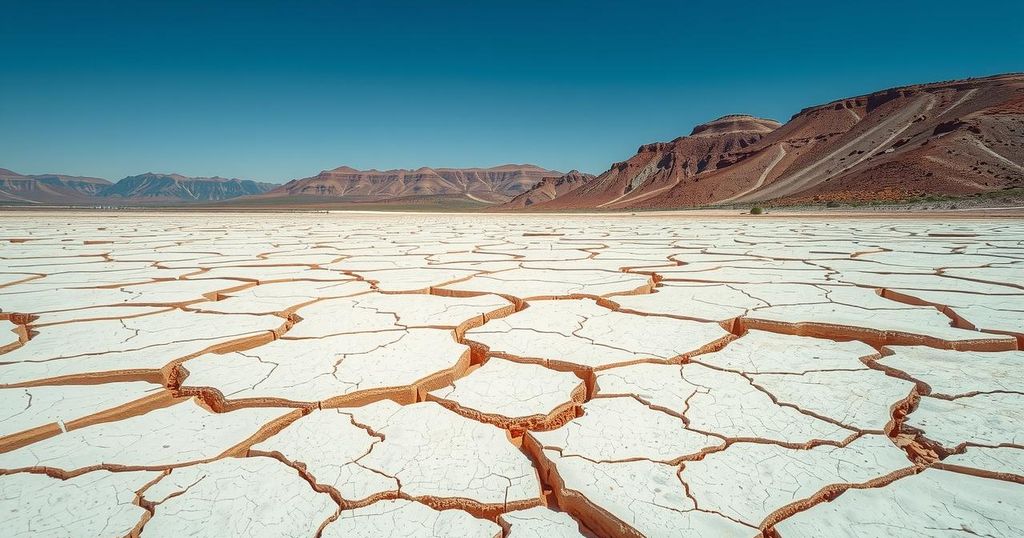Banana Production in Piura Remains Stable Despite Northern Peru Rains
Heavy rains in northern Peru have not impacted banana production in Piura, which accounts for 80-85% of the national total. While highland areas experienced crop losses, coastal banana production remains stable. The agro-export sector is attentive to potential changes in weather patterns as they could affect production and logistics.
Recent heavy rains in northern Peru, notably in Tumbes and the highlands of Piura, raised concerns in the agricultural sector. However, banana production in Piura, which constitutes 80 to 85% of the national output, remains unaffected at this time.
Reports indicate that the rainfall mainly impacted the highland areas where some crops faced losses due to intense precipitation. In contrast, the coastal regions, the primary locations for banana and mango exports, have experienced only sporadic and light rainfall.
Forecasts suggest a potential increase in rainfall in March, bringing uncertainty regarding its effects on local agriculture. Meanwhile, Tumbes has experienced more substantial rain, resulting in significant crop losses and damage to infrastructure.
Previously, Piura faced severe drought from October to December last year, leading to hydric stress in plantations due to dwindling water reserves. Recent rainfall has improved conditions, eliminating immediate concerns for coastal agricultural producers.
The agro-export industry is closely monitoring weather patterns, as any fluctuations in rainfall might impact production and the logistical aspects of exporting crucial regional crops.
To summarize, while heavy rains have caused irrigation issues in some parts of northern Peru, the banana production in Piura remains stable and unaffected. The agricultural sector is vigilant as future weather changes could influence crop production and export capacities, especially on the coast where most bananas are cultivated. The transition from drought to mild, sporadic rainfall has alleviated immediate concerns for producers, but ongoing monitoring of climatic conditions is essential.
Original Source: www.freshplaza.com




Post Comment